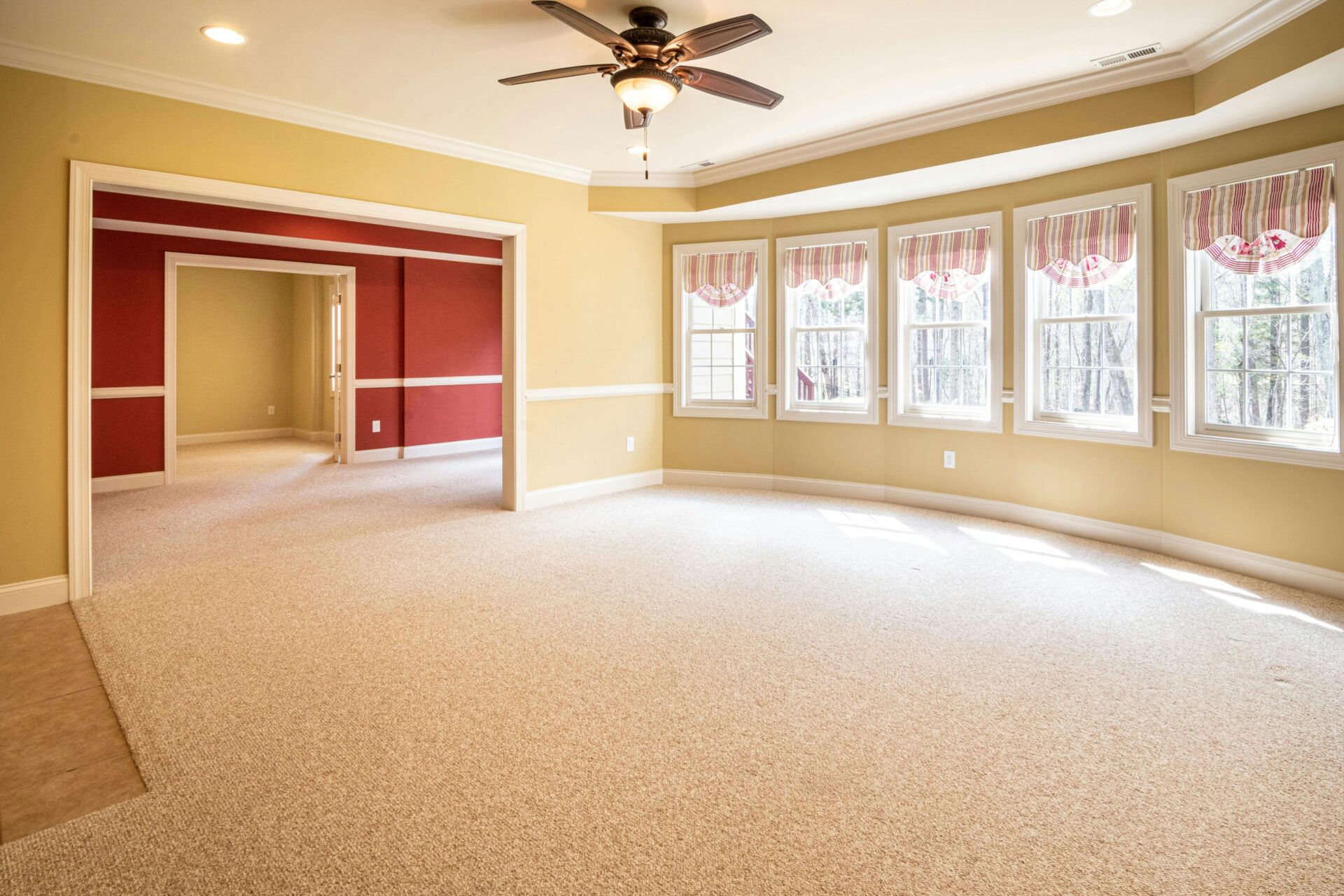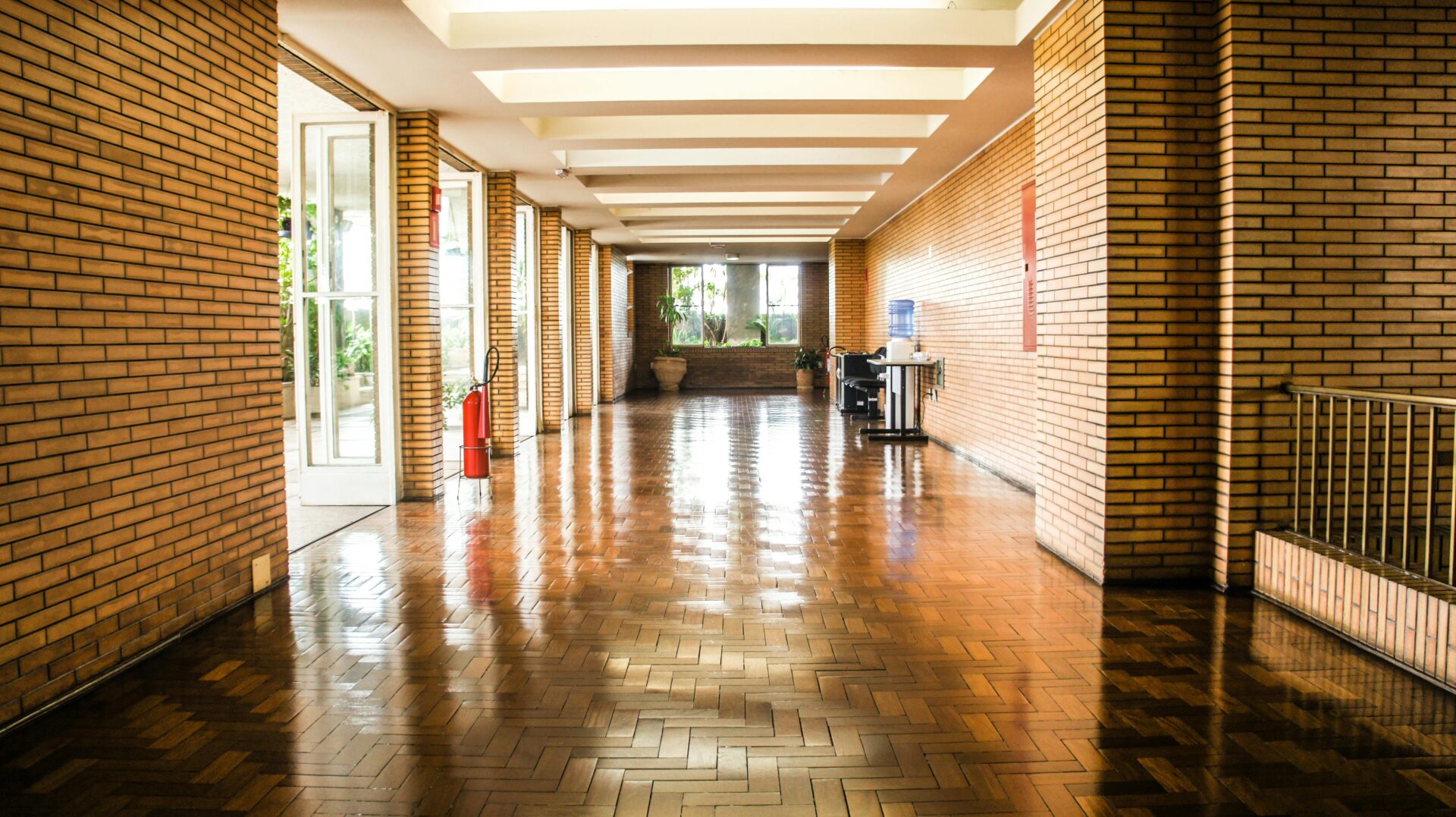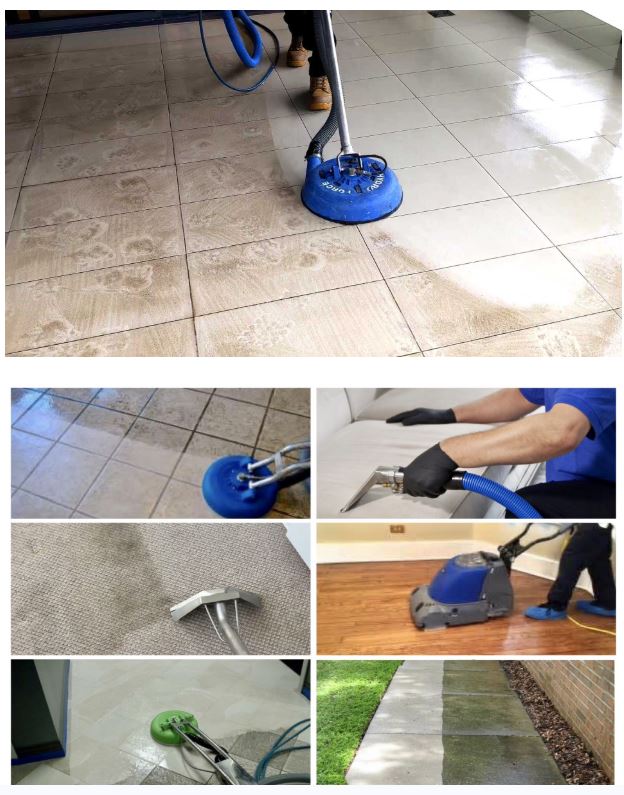Most people assume that if a surface looks clean, it is clean. Unfortunately, that’s rarely the case when it comes to your tile floors, grout lines, and upholstered furniture. These high-use surfaces are magnets for hidden contaminants like bacteria, mold, dust mites, and allergens. Even with regular vacuuming or mopping, deep-seated grime often goes untouched. Over time, this invisible dirt buildup doesn’t just affect the appearance of your home, it can also impact your health and indoor air quality.
Let’s bust some common myths and uncover the dirty truth about what’s lurking beneath the surface, and why professional deep cleaning is the only way to truly get rid of it.
The Myth of a “Clean” Floor or Couch
It’s easy to feel like you’re staying on top of things by wiping down counters, vacuuming carpets, and running a mop over your tile. But tile and grout are porous by nature, which means they absorb spills, moisture, and bacteria over time. Grout lines, especially, act like tiny reservoirs where grime builds up. Add foot traffic, bathroom humidity, or kitchen splashes to the mix, and you’ve got an ideal environment for mold, mildew, and bacteria to thrive.
Upholstery has a similar problem. Fabric fibers trap dust, pet dander, skin cells, oils, and allergens, none of which are fully removed with vacuuming alone. If it’s been a while since your couch or dining chairs had a professional cleaning, chances are they’re harboring more than just old crumbs.
What’s Really Hiding Below the Surface?
In tile and grout, hidden contaminants may include:
- Bacteria from food spills, bathroom moisture, or dirty shoes
- Mold and mildew, especially in high-humidity areas
- Soap scum and hard water deposits in bathrooms and laundry rooms
In upholstery, common contaminants include:
- Dust mites and pet dander
- Skin oils and sweat
- Odor-causing bacteria
- Pollen and other airborne allergens
While you may not see these elements, they’re affecting your living environment every day, contributing to odor, discoloration, and even respiratory irritation.
Why Professional Deep Cleaning Works
Standard household cleaning tools and products aren’t designed to penetrate the deep layers of tile, grout, or fabric fibers. In contrast, professional surface cleaning uses high-powered extraction, heat, and cleaning agents tailored to each surface type.
For tile and grout deep cleaning, trained technicians use specialized equipment that applies high-pressure steam and cleaning solutions to extract grime from deep within porous surfaces. This process not only removes visible stains, but also eliminates the bacteria and mold you can’t see.
For upholstery, professional cleaners use hot water extraction or low-moisture cleaning methods to lift and remove deeply embedded dirt and allergens without damaging the fabric. The result is furniture that not only looks better but also smells fresher and supports a healthier home environment.
Maintaining Clean Surfaces Between Appointments
While professional cleaning is essential, there are ways to reduce buildup between visits. Wipe up spills quickly, use doormats to reduce tracked-in dirt, vacuum upholstery weekly, and run bathroom fans to reduce humidity. These habits help prevent the worst buildup, but nothing replaces the power of a deep professional clean.
Frequently Asked Questions (FAQ)
Q. How do I know if my tile or grout needs professional cleaning?
A. If your grout has darkened, your tile has a sticky or dull finish, or you’ve noticed persistent odors in your kitchen or bathroom, it’s time for a professional clean. Grout that stays dirty even after mopping is a clear sign of deep-seated buildup.
Q. How often should tile, grout, and upholstery be professionally cleaned?
A. For most homes, tile and grout should be professionally cleaned every 3 months. Upholstery should be cleaned every 6 months, or more often in homes with pets, kids, or allergy sufferers.
Q. Can professional cleaning remove mold from grout?
A. Yes. Professional tile and grout cleaning can safely and effectively remove mold and mildew using specialized cleaning agents and equipment.
Q. Is it safe to clean delicate upholstery fabrics?
A. Professional technicians are trained to identify fabric types and use the appropriate methods for each. Whether your upholstery is synthetic or natural fiber, they’ll use a process that’s safe and effective.
Q. Does professional cleaning improve indoor air quality?
A. Yes. Removing allergens, dust, and bacteria from soft surfaces like upholstery and porous surfaces like grout can reduce airborne irritants, making the air in your home cleaner and healthier.
When it comes to your floors and furniture, what you can’t see can hurt you. Don’t wait until odors or stains show up. Contact Professional Surface Restoration today to schedule a deep cleaning and enjoy a healthier, truly clean home.










